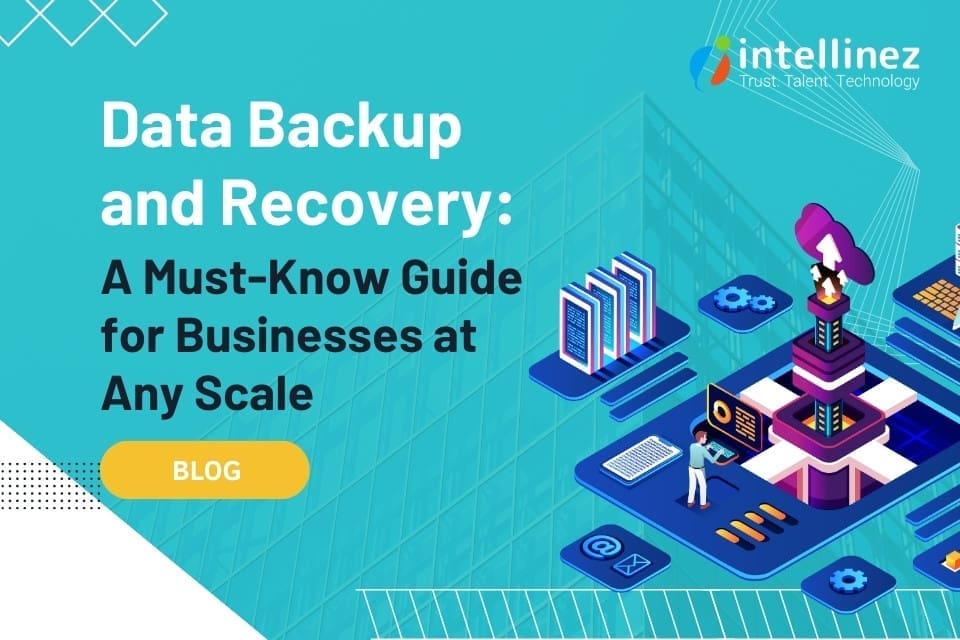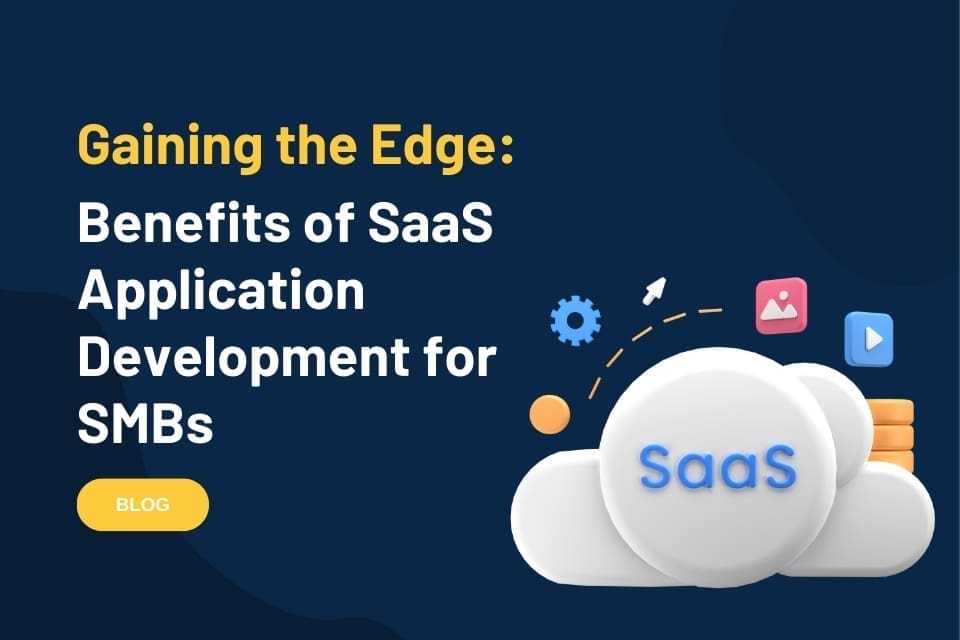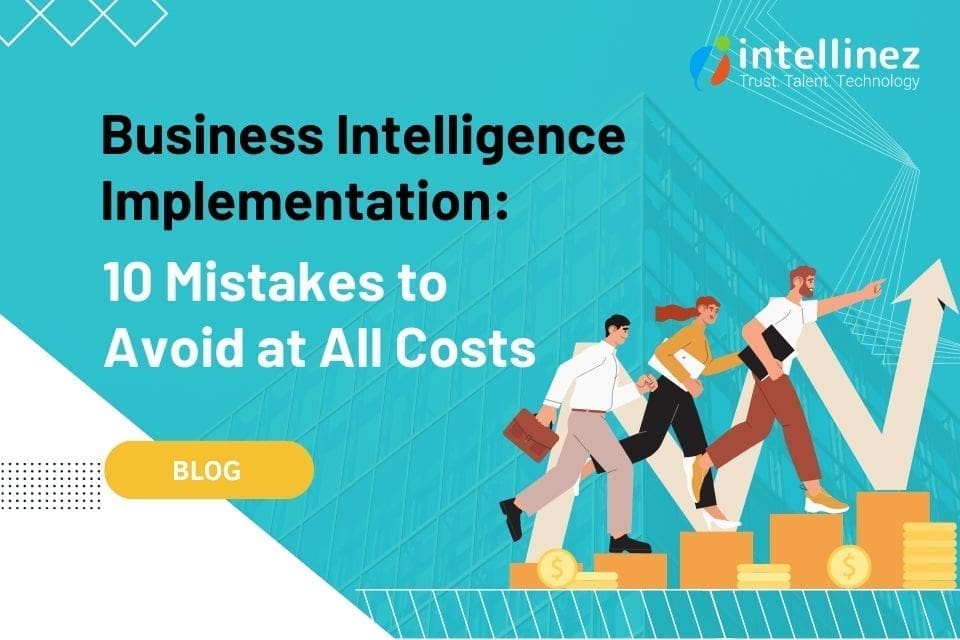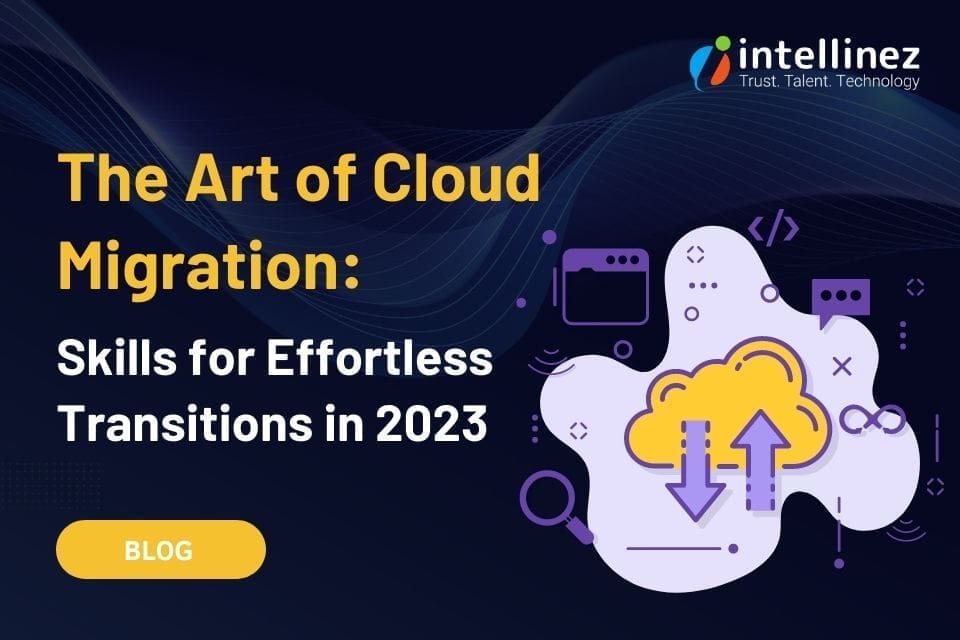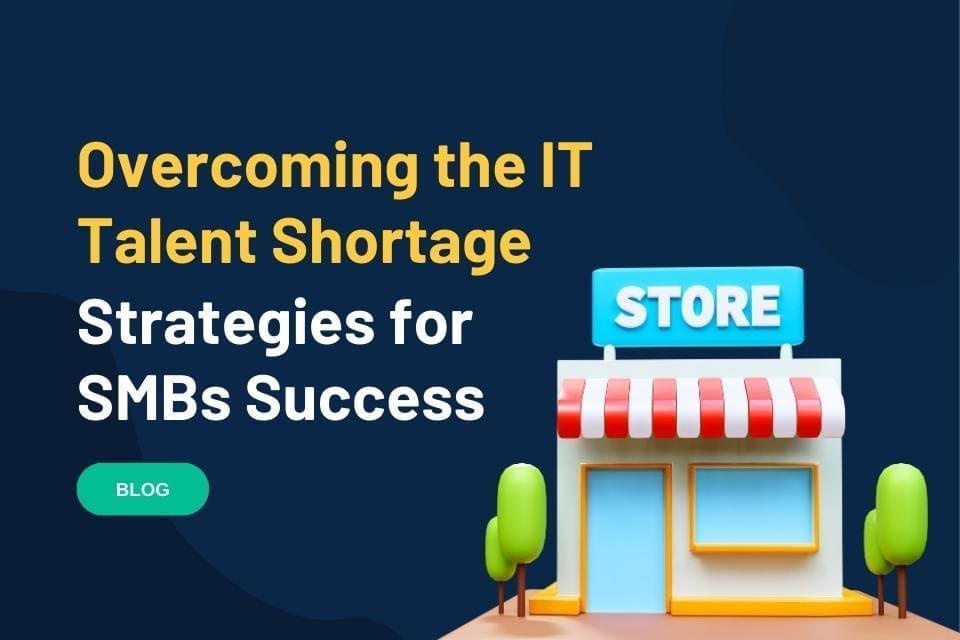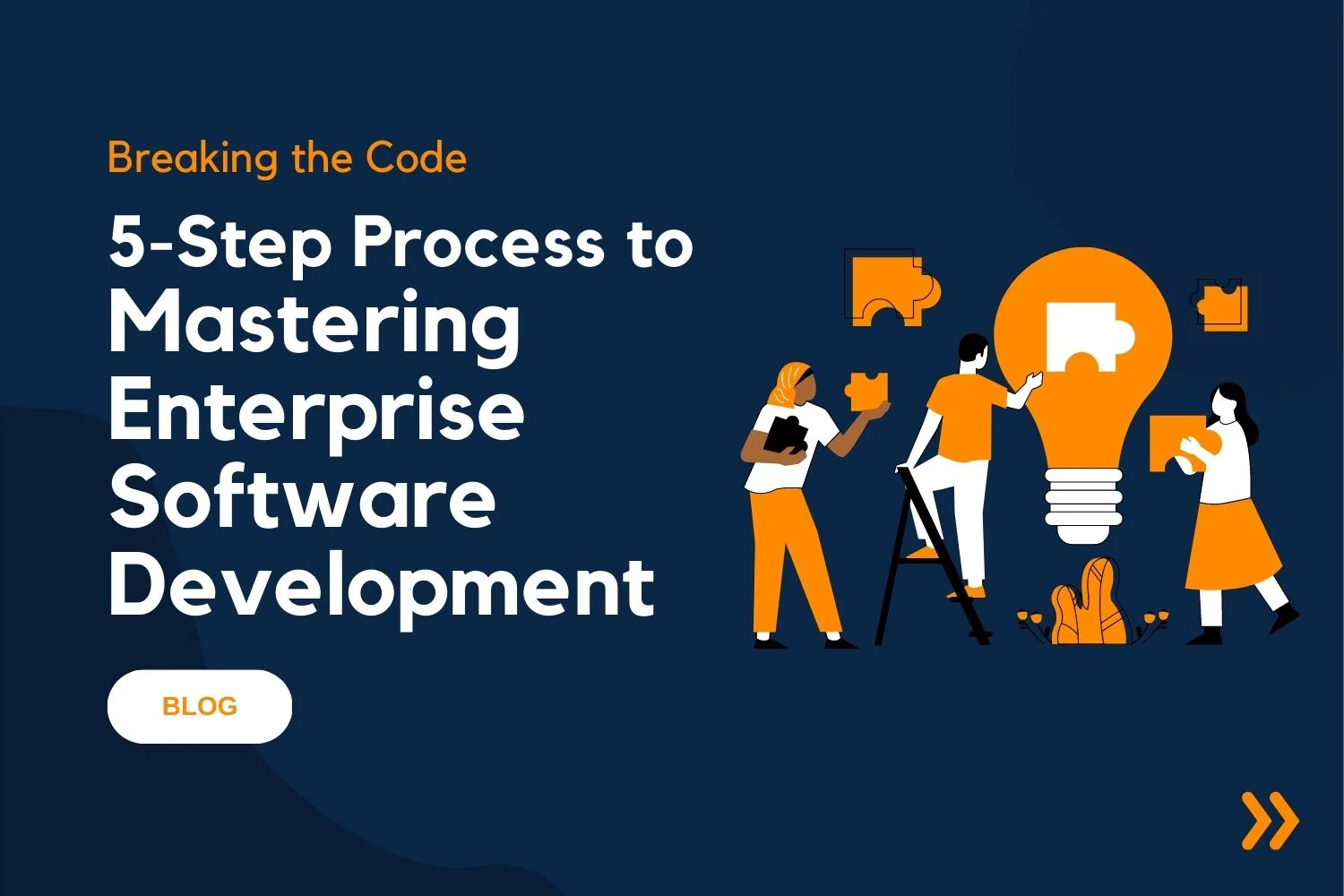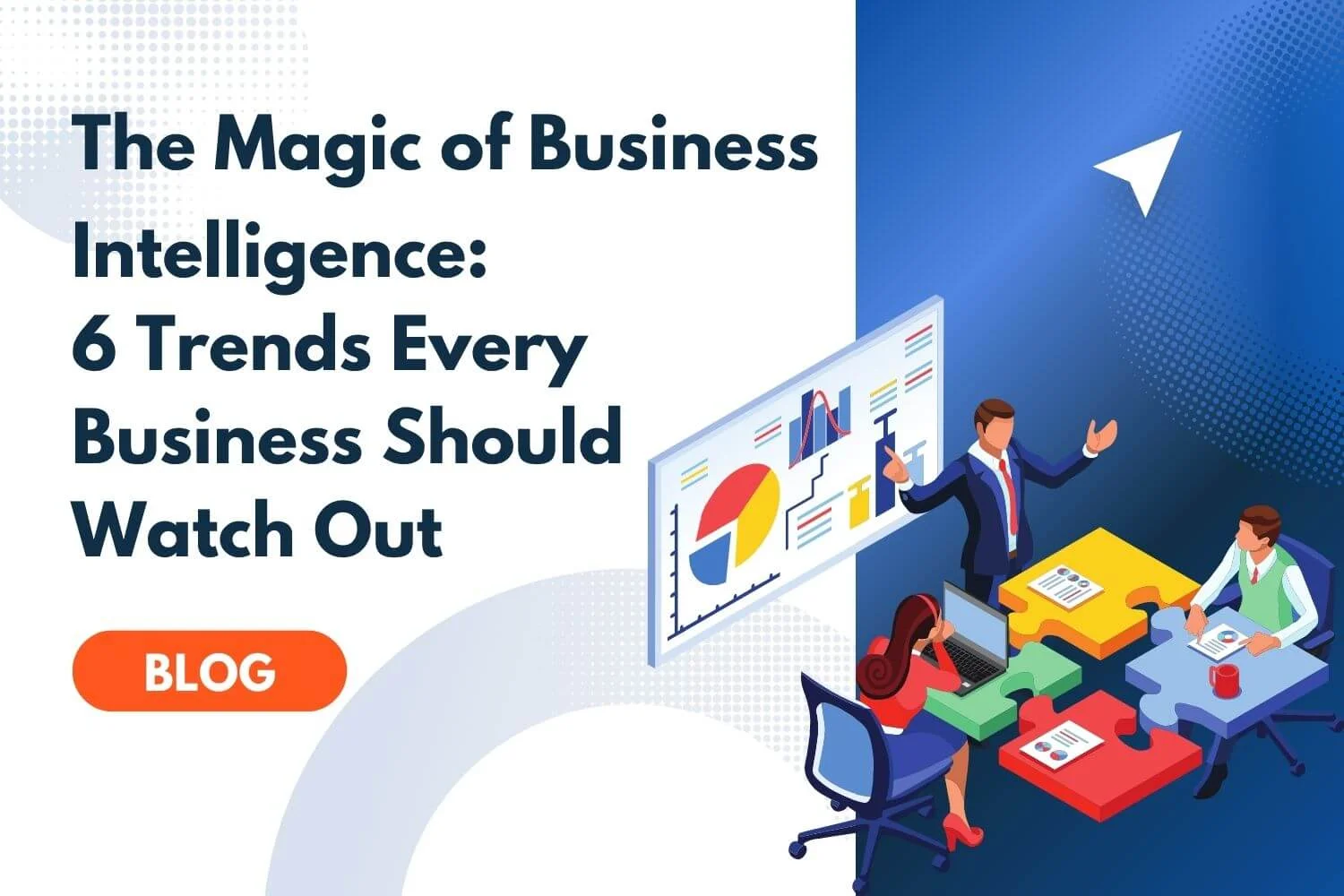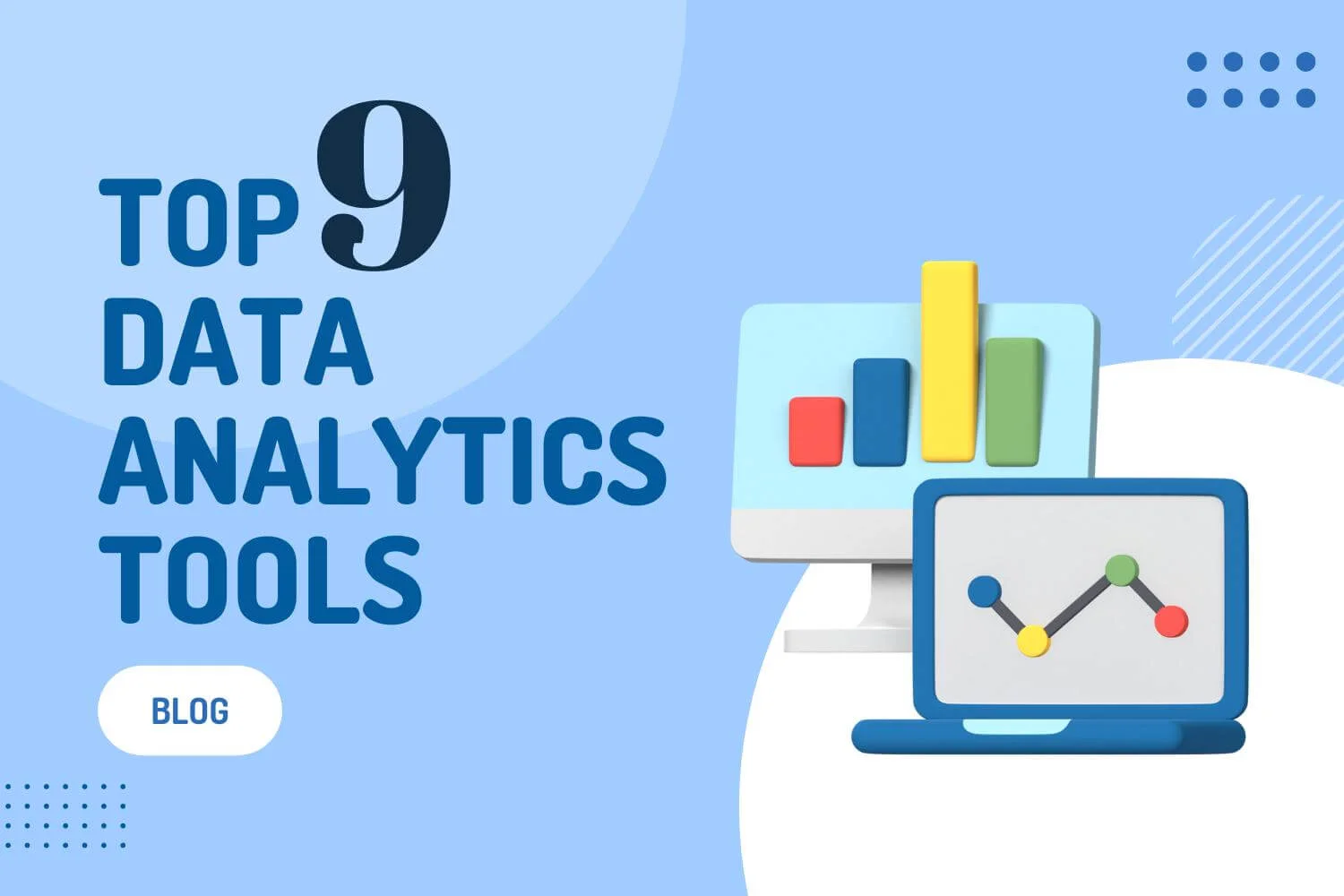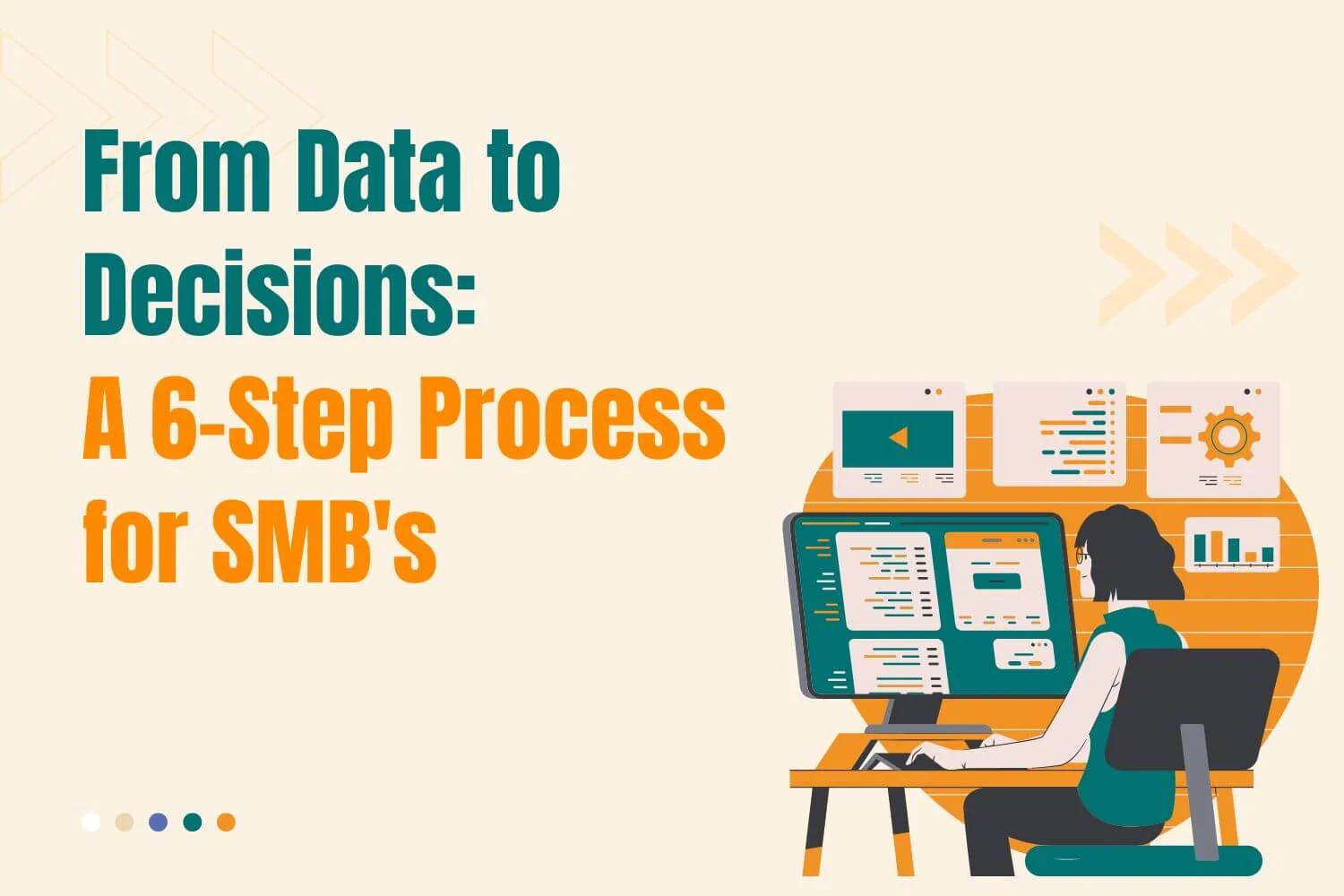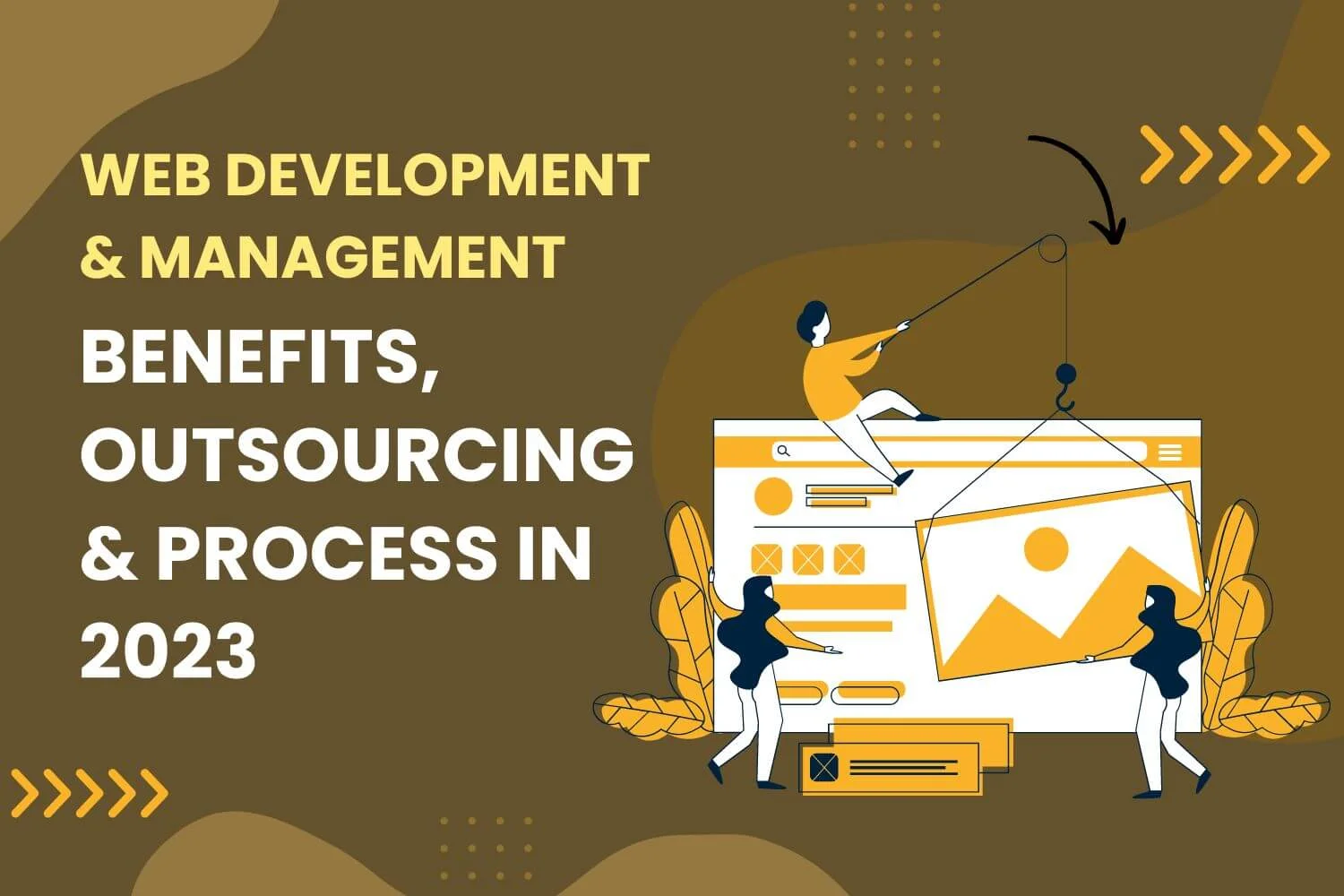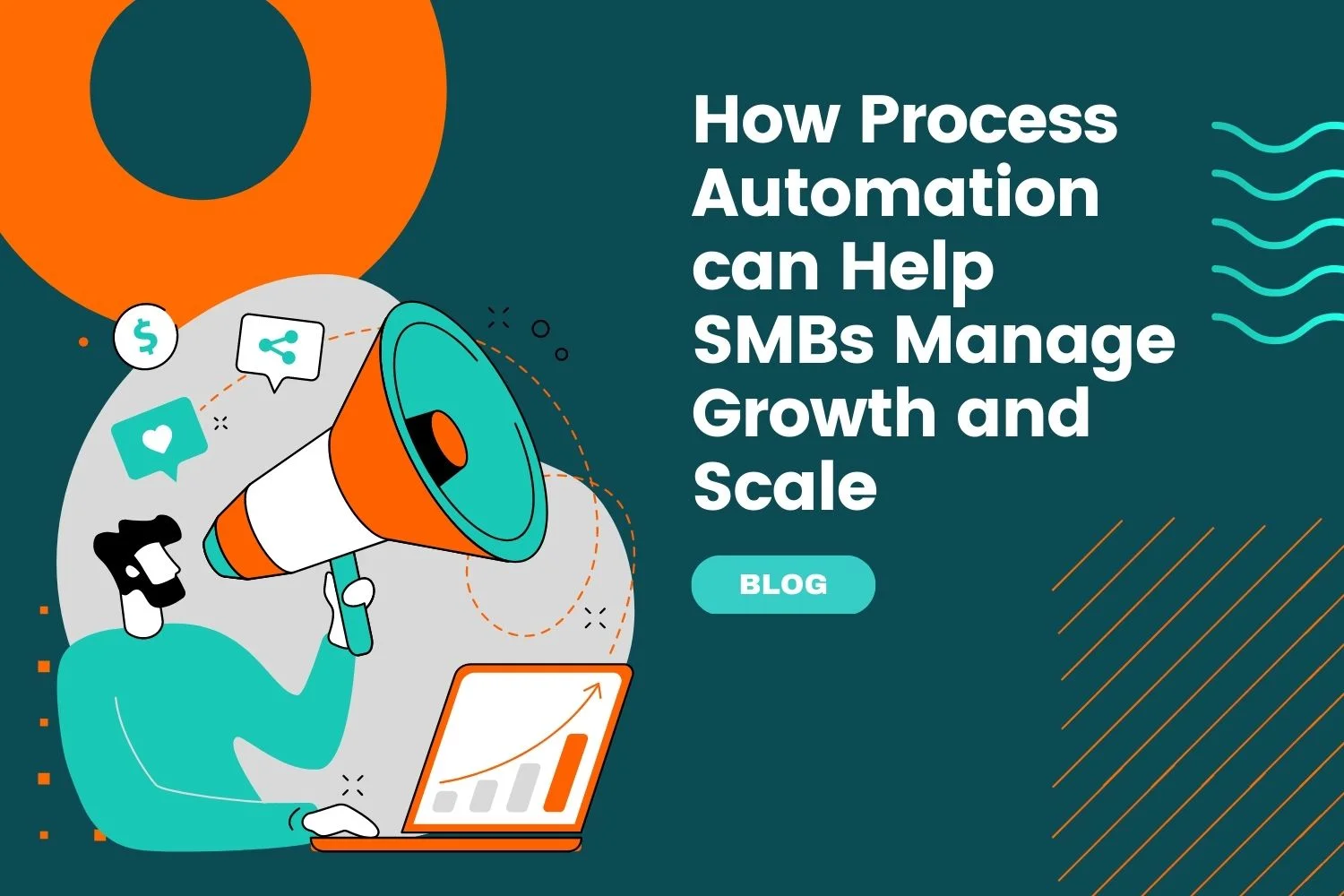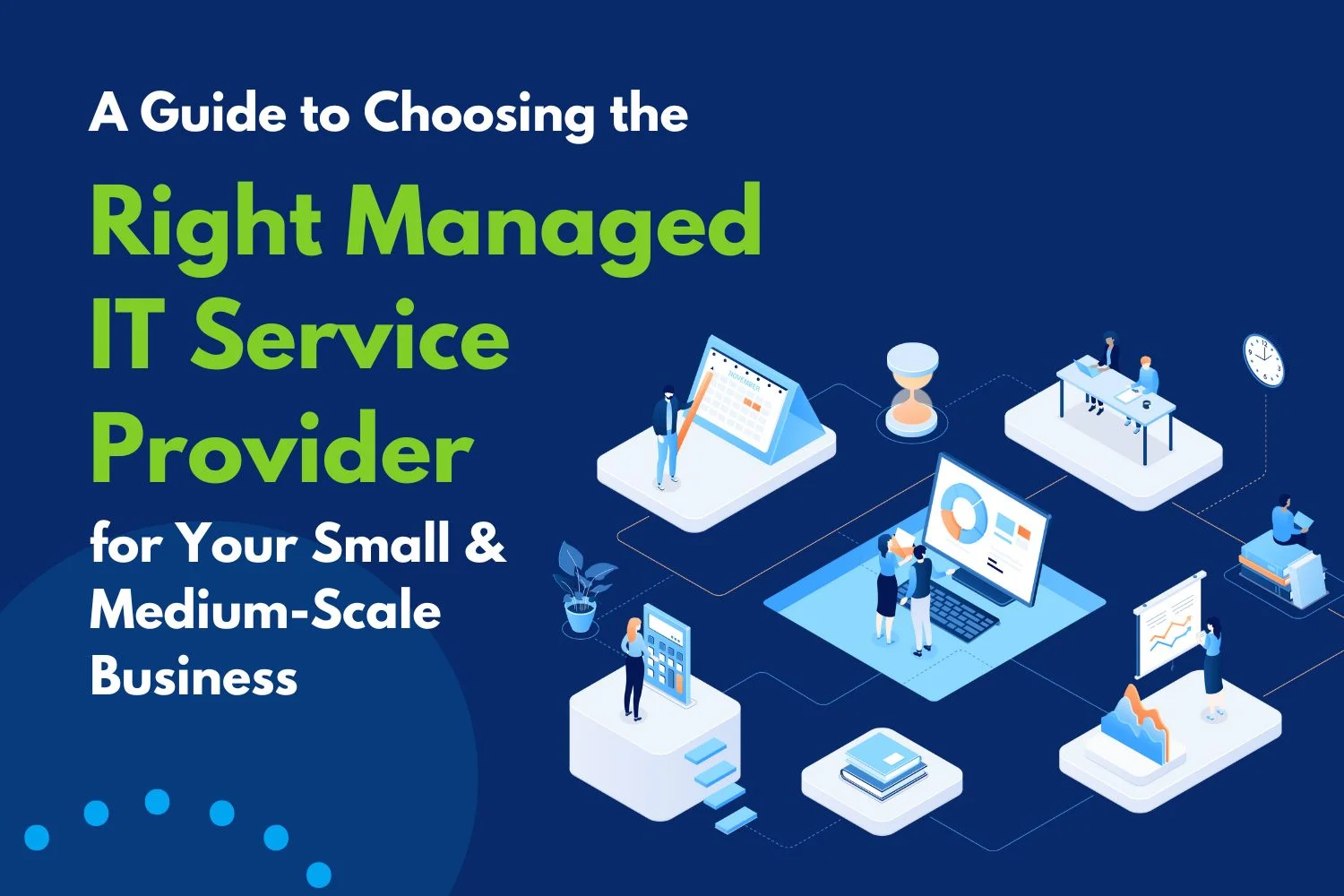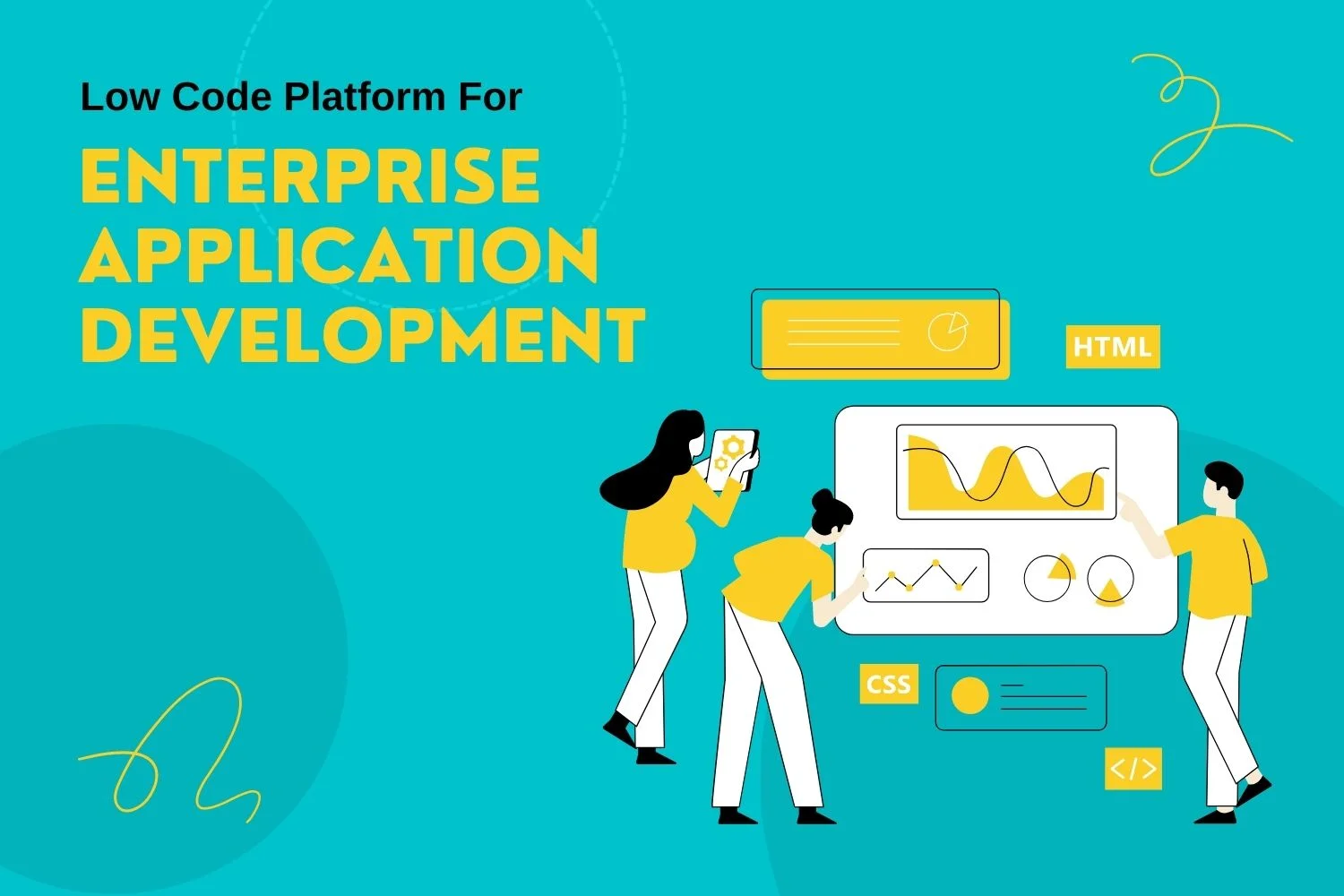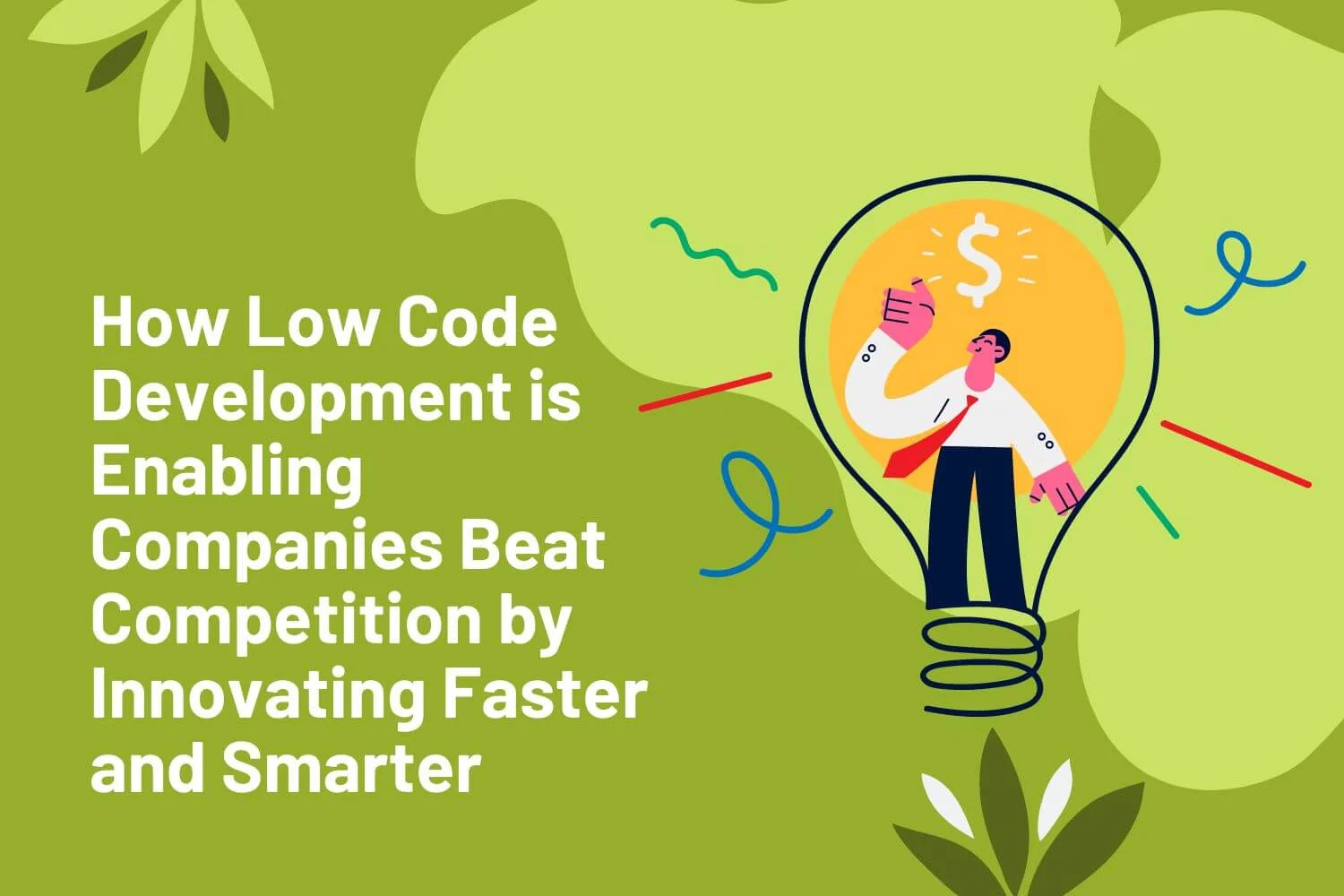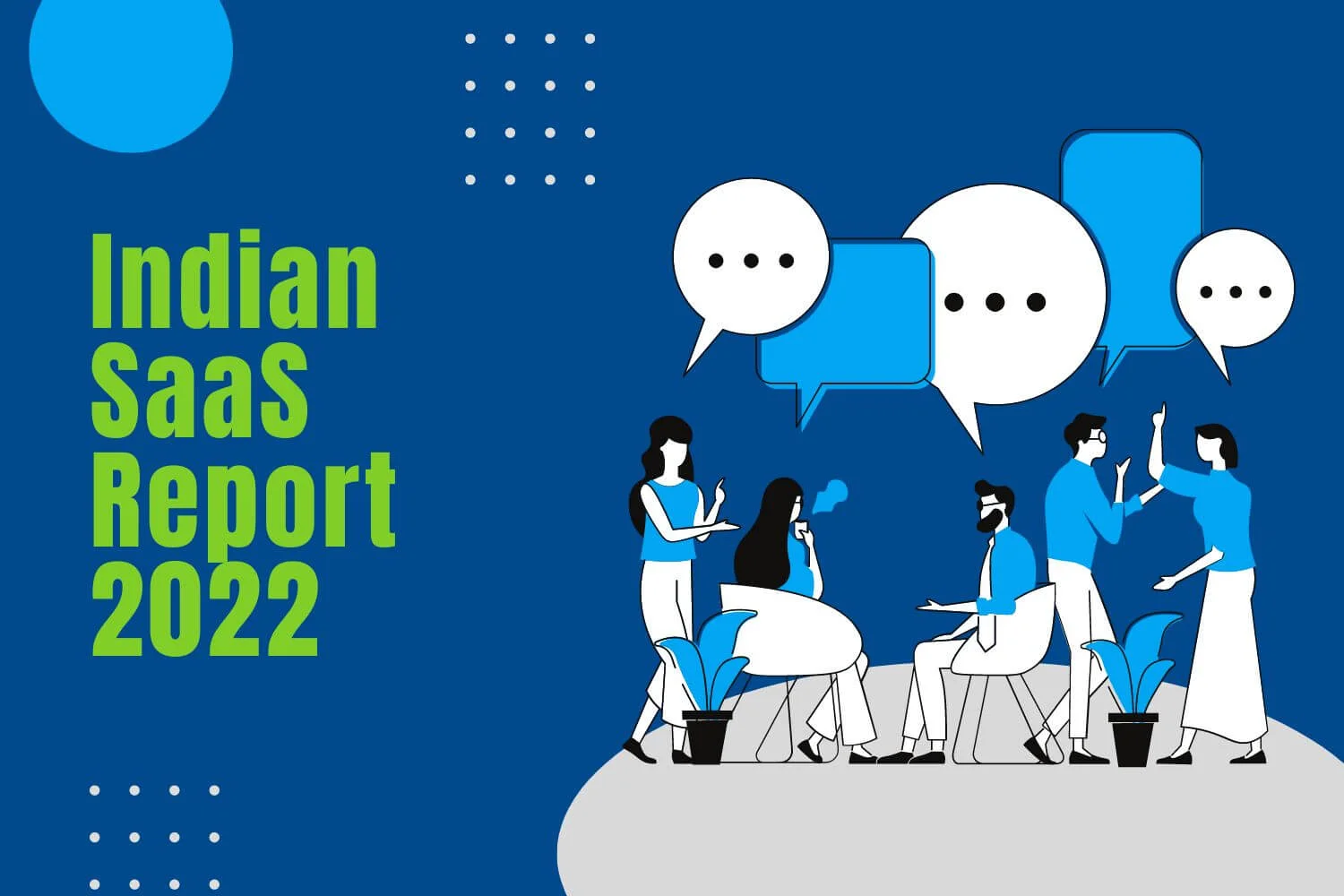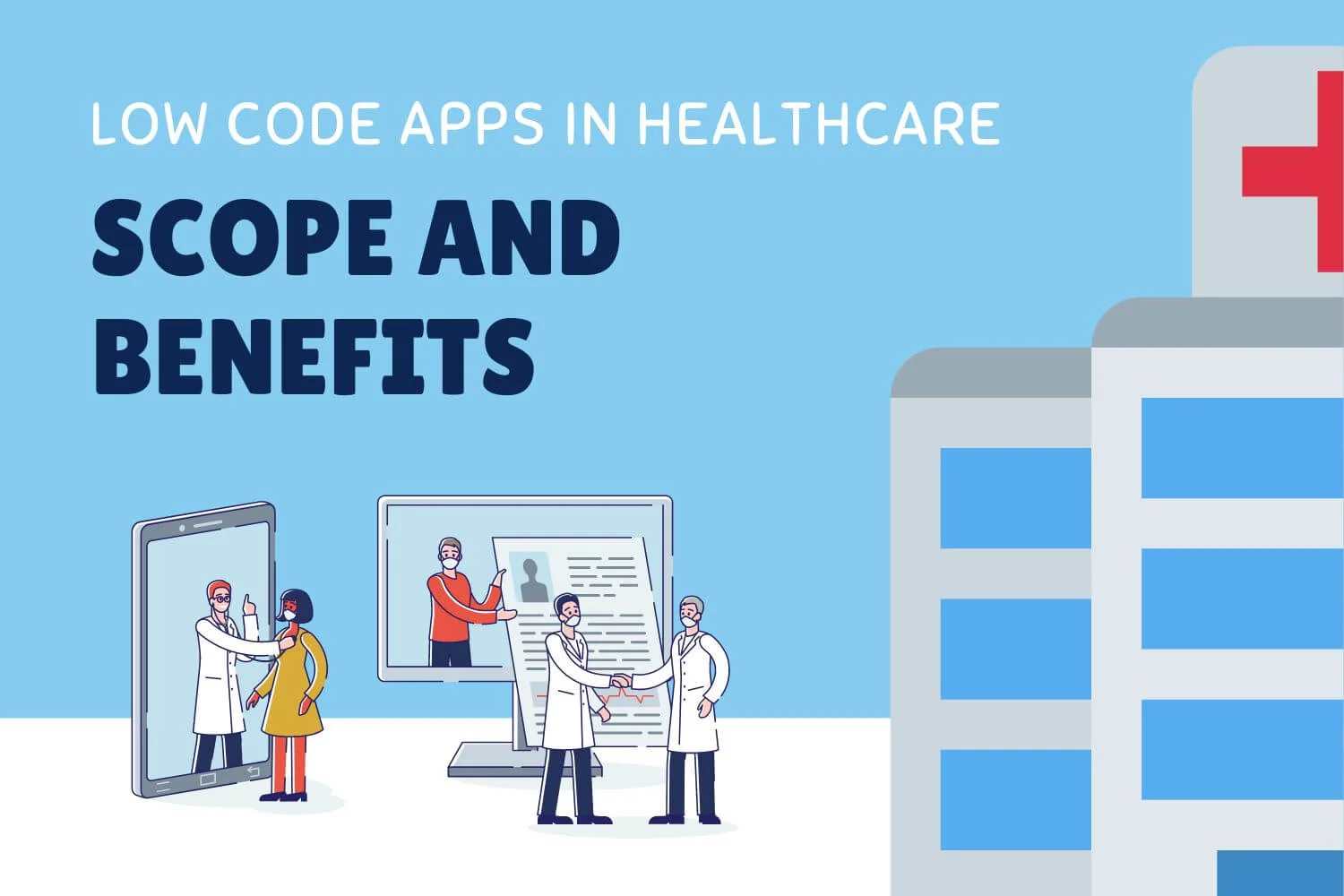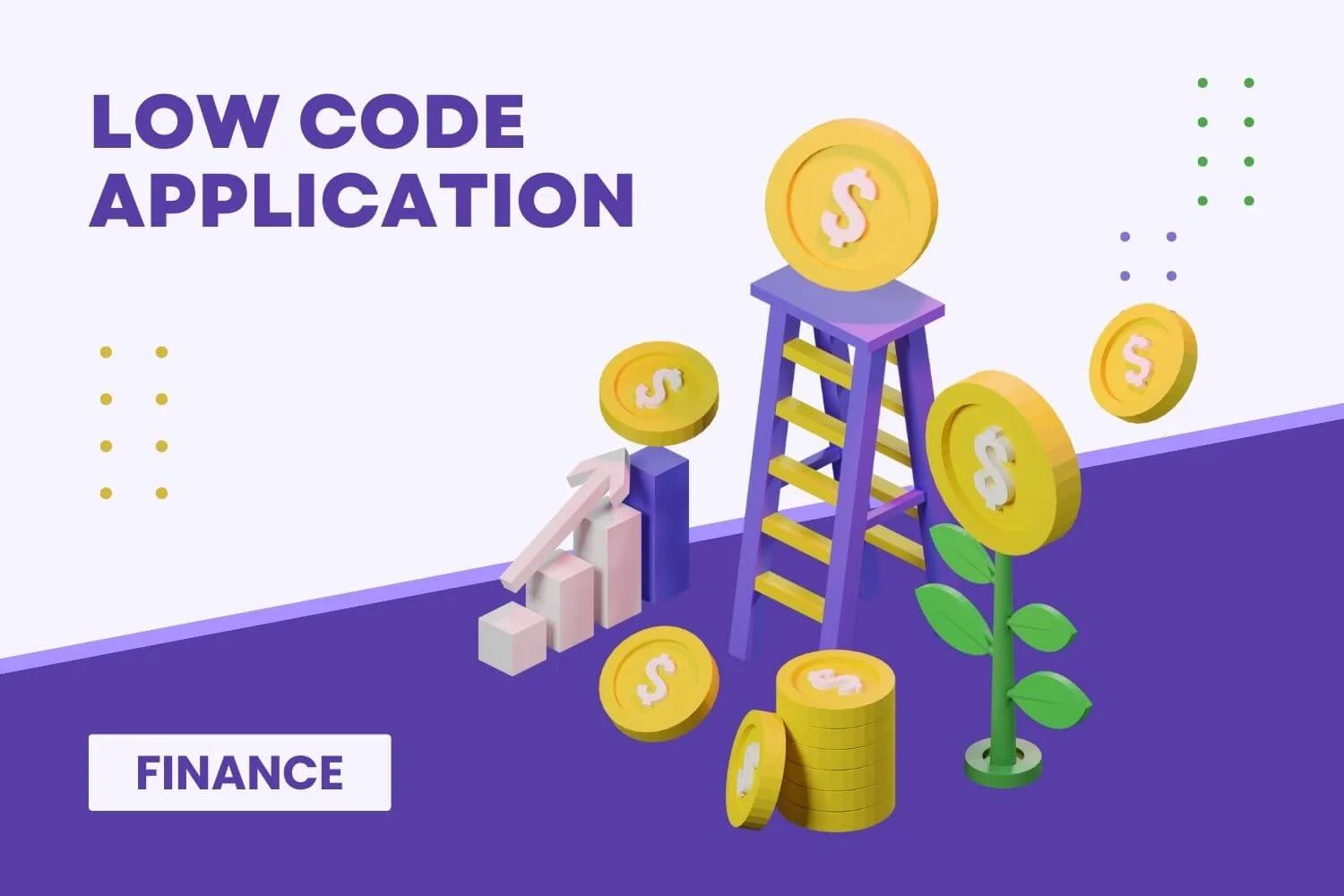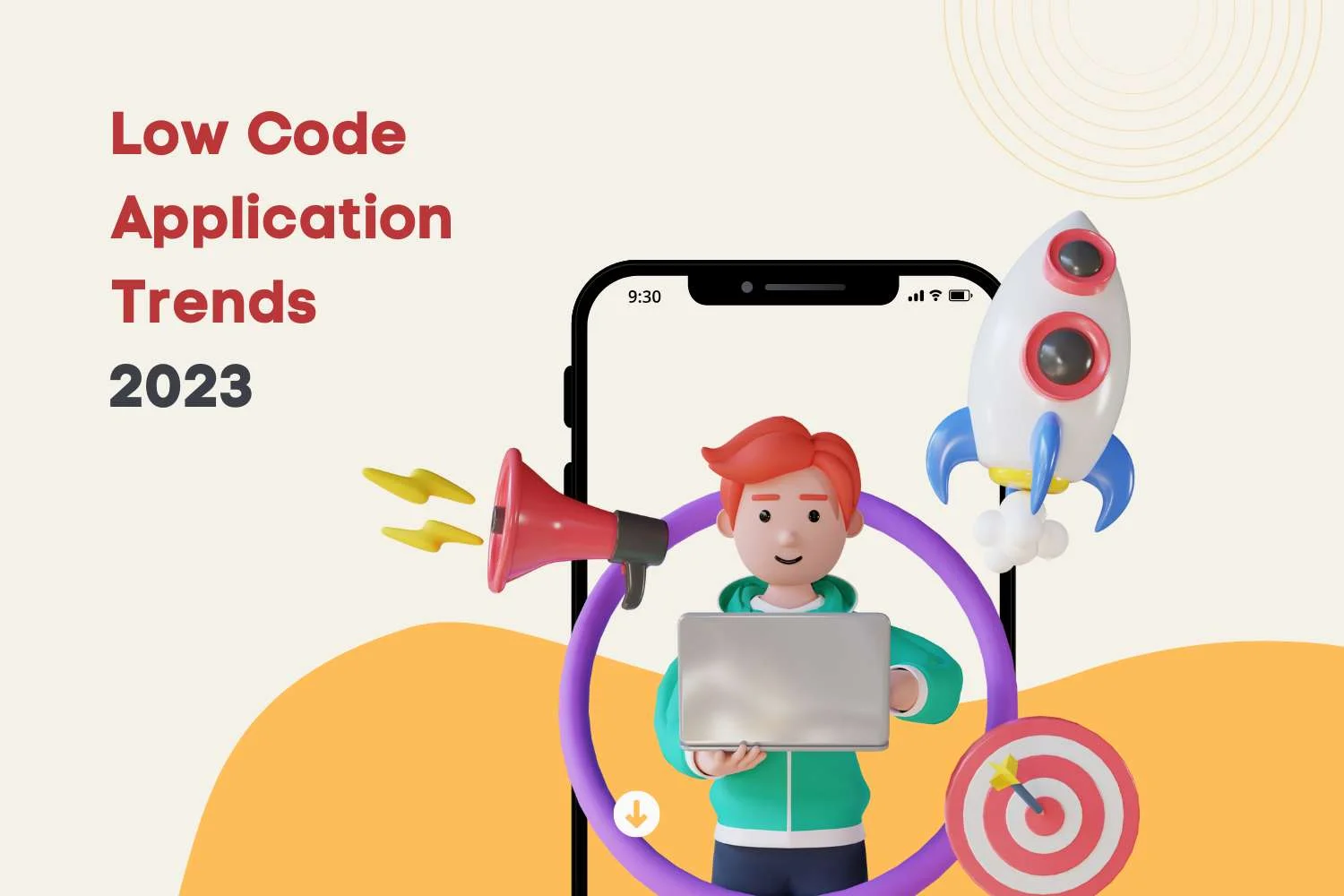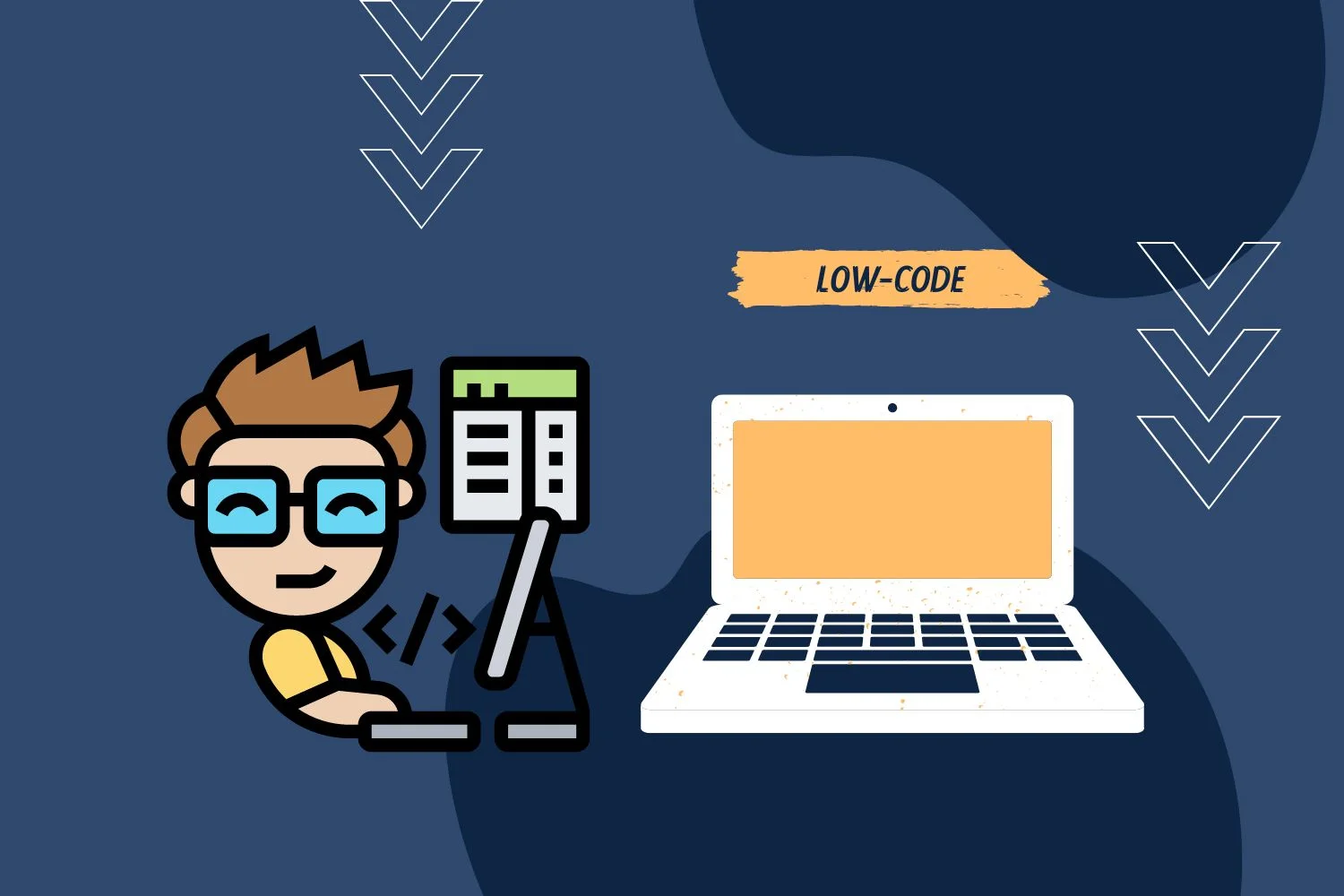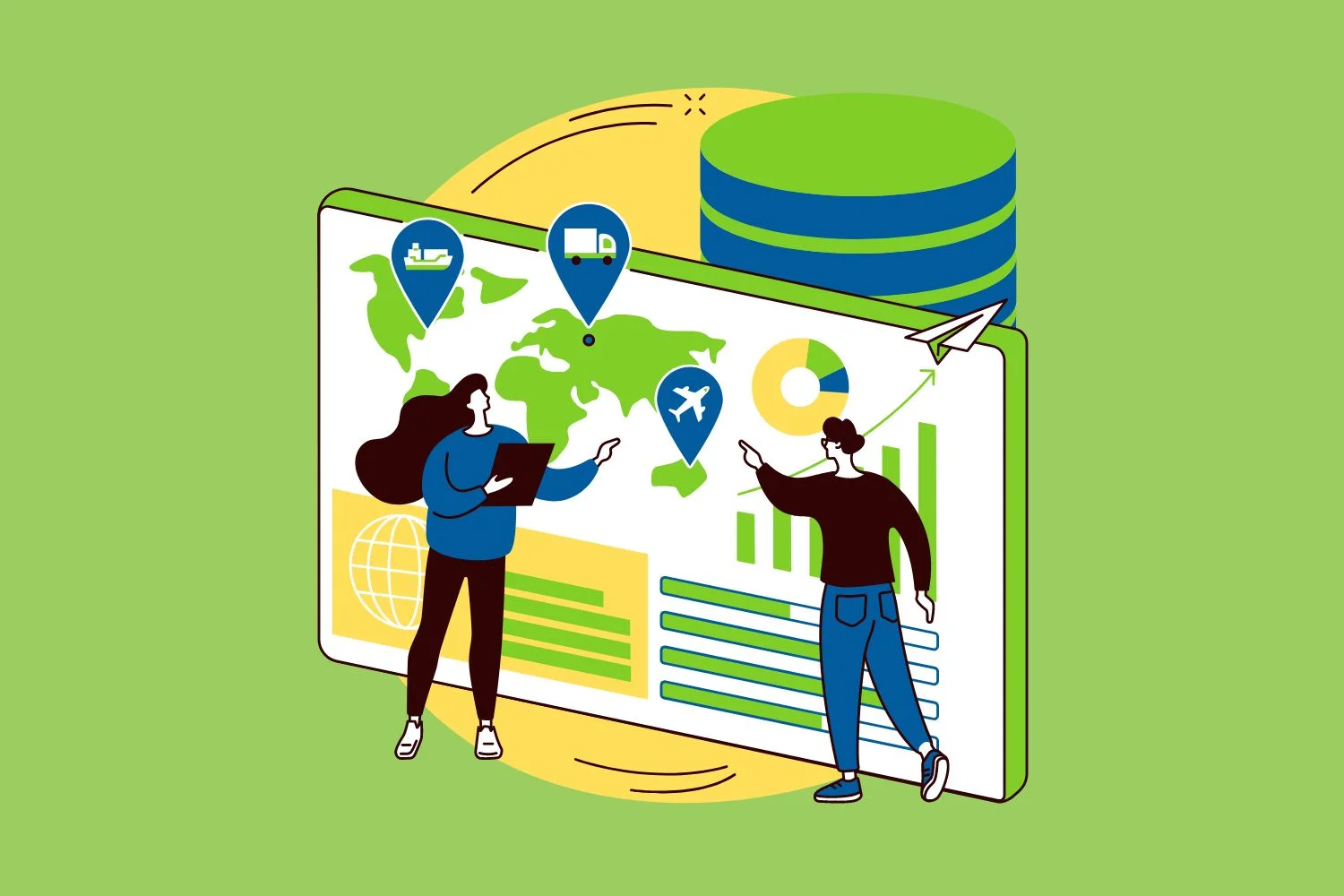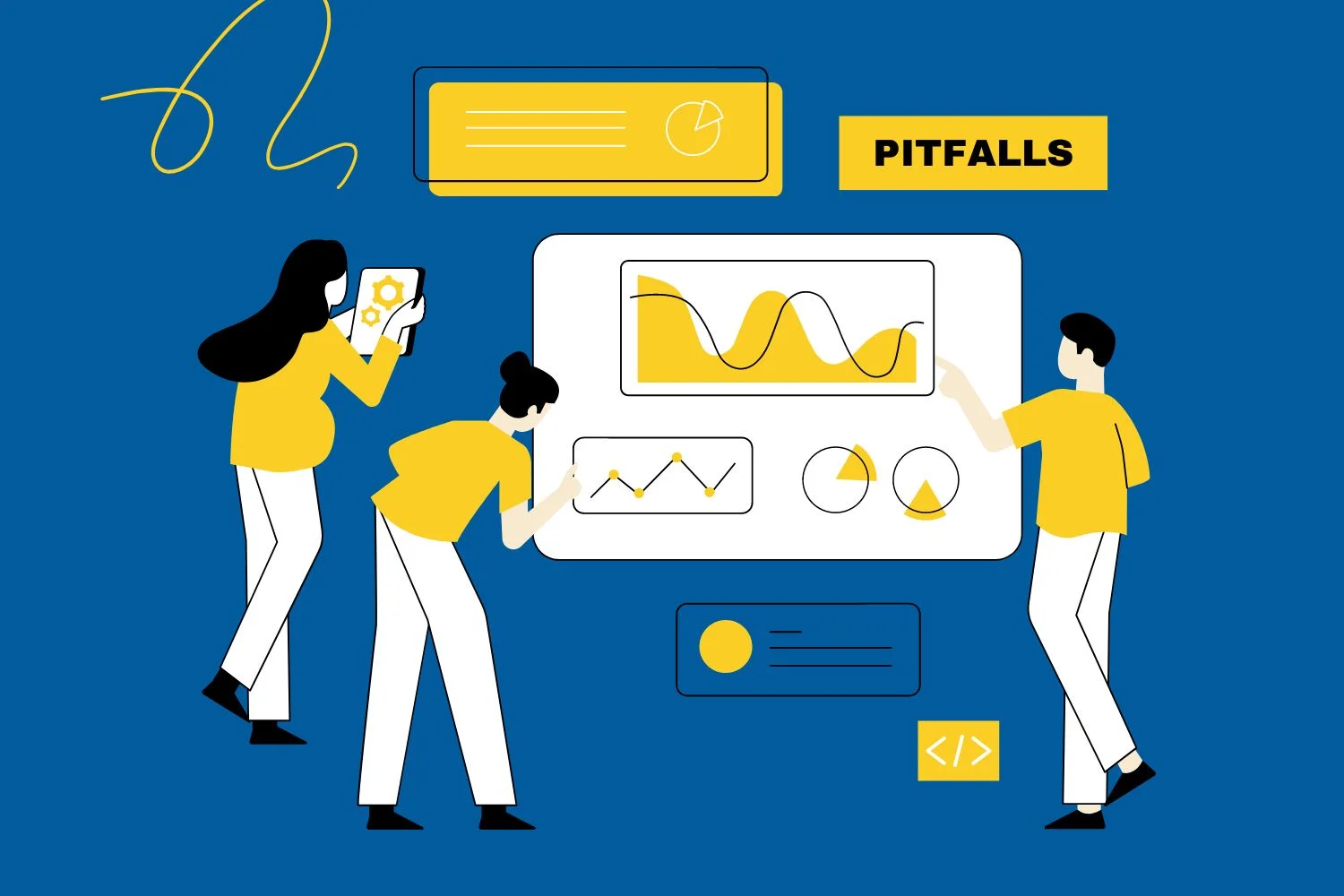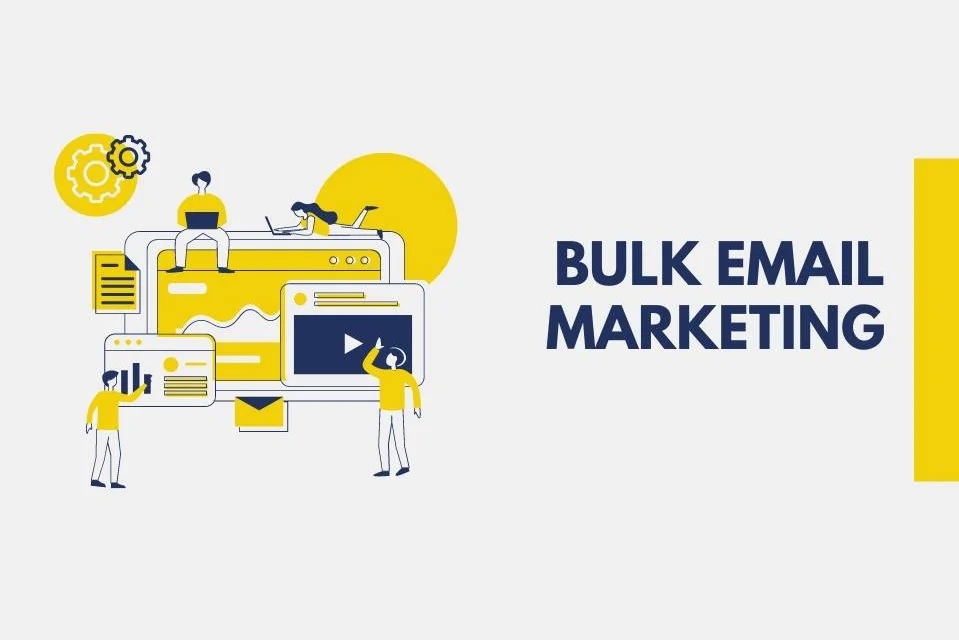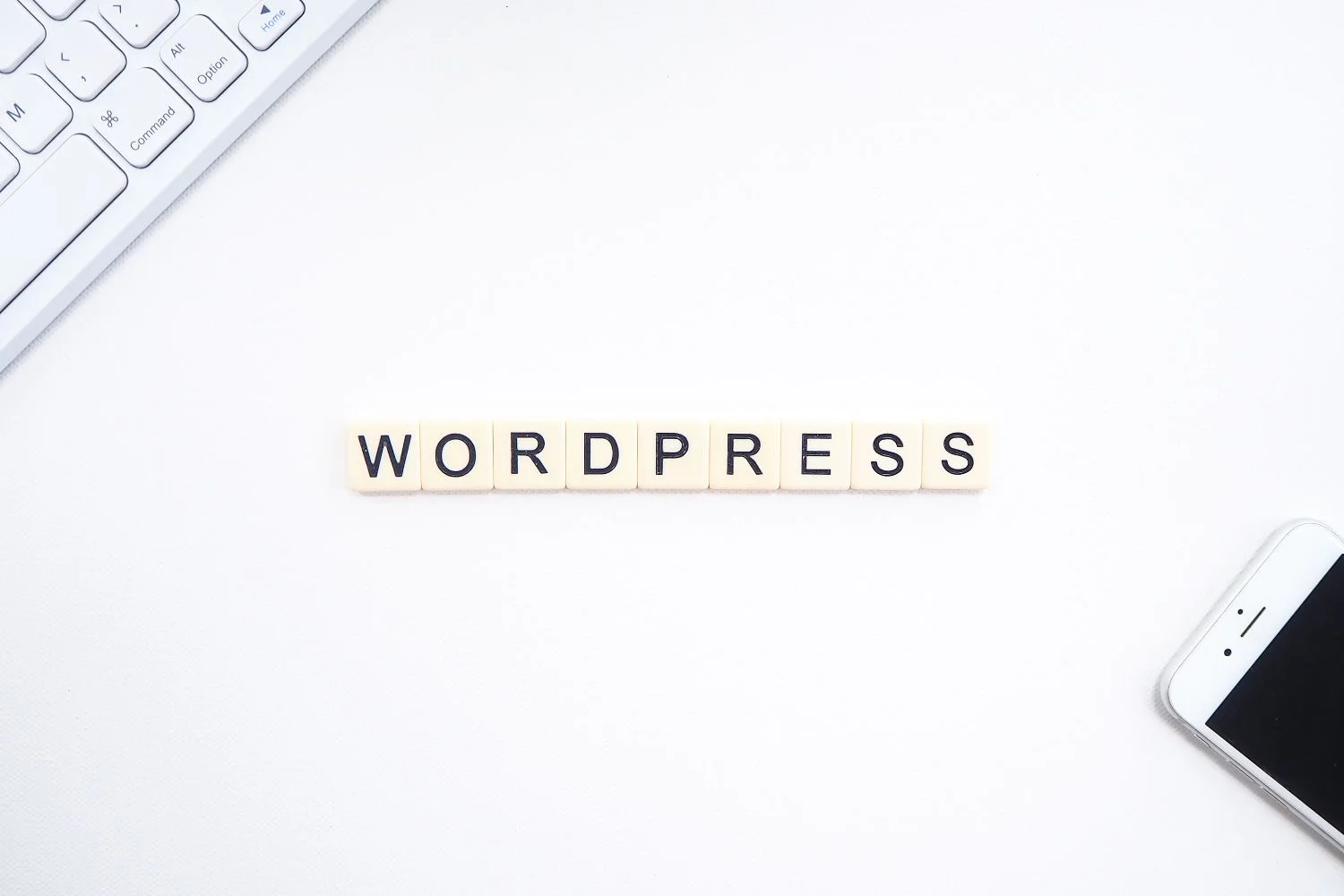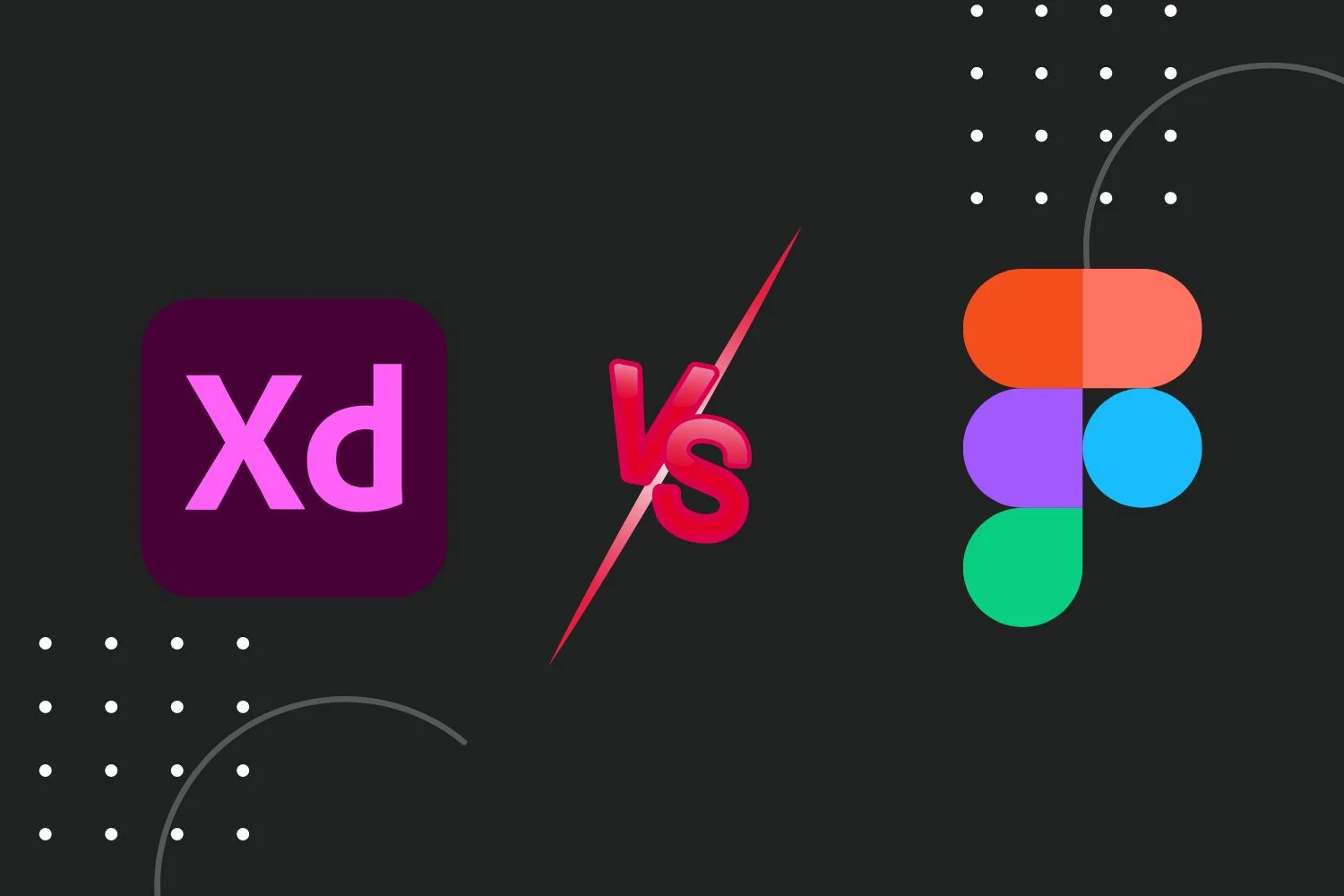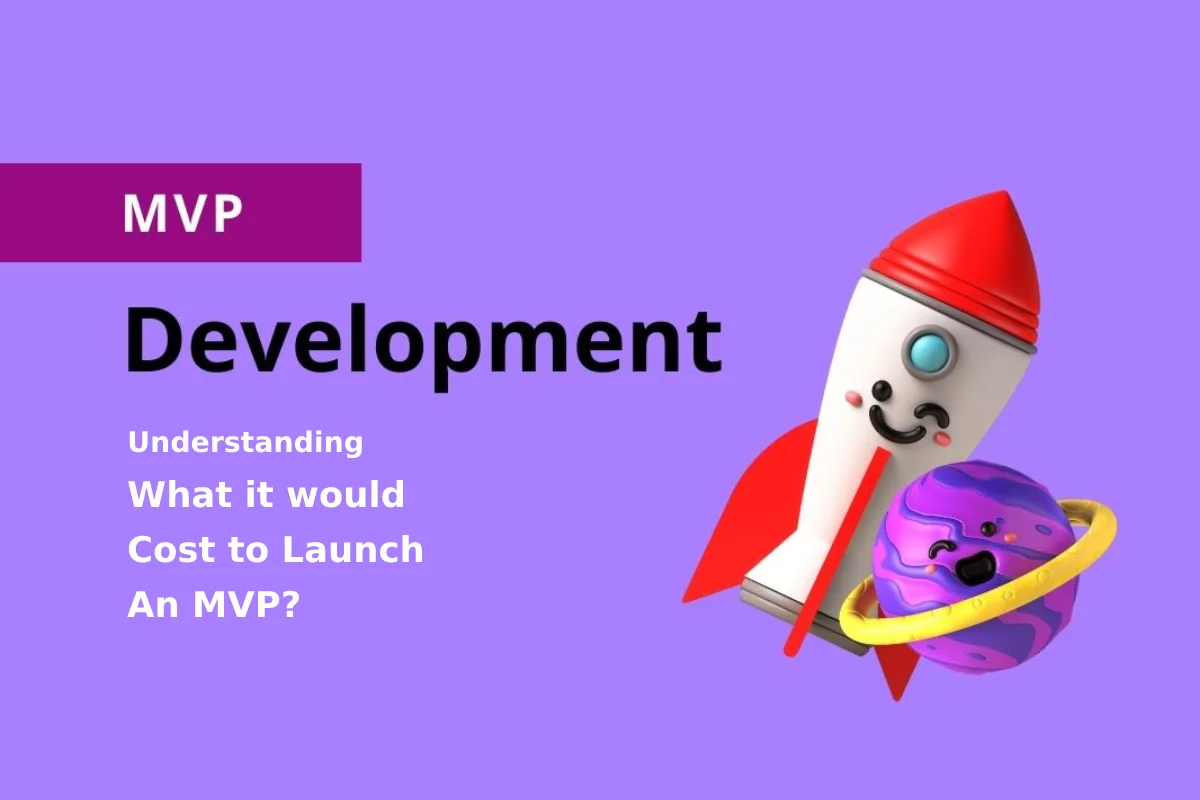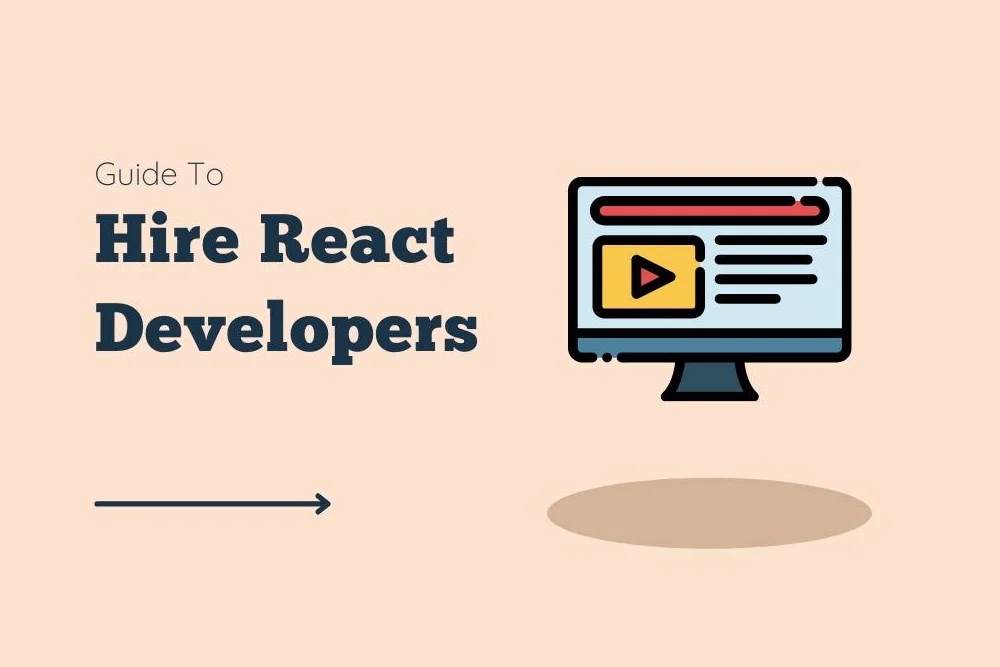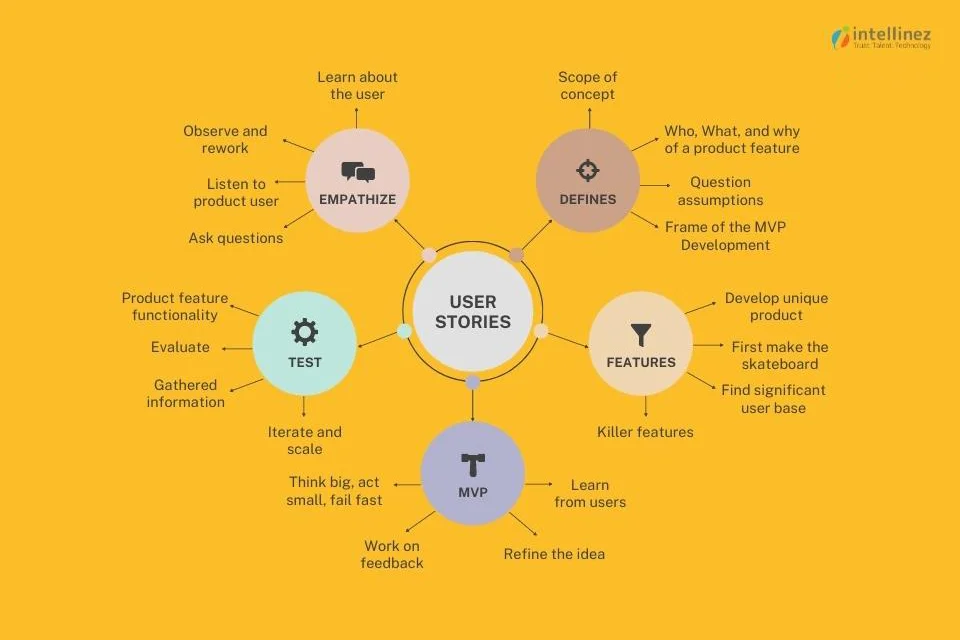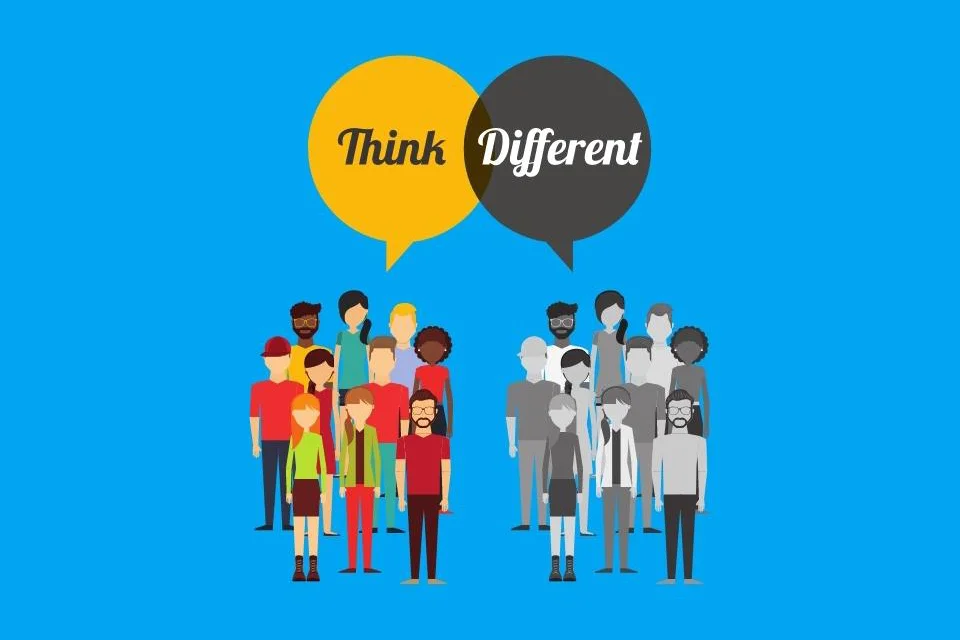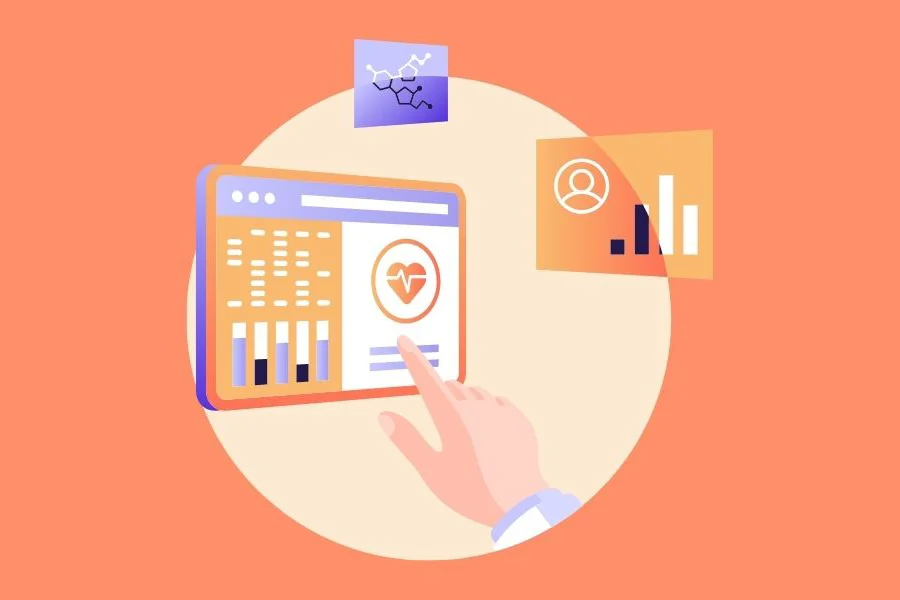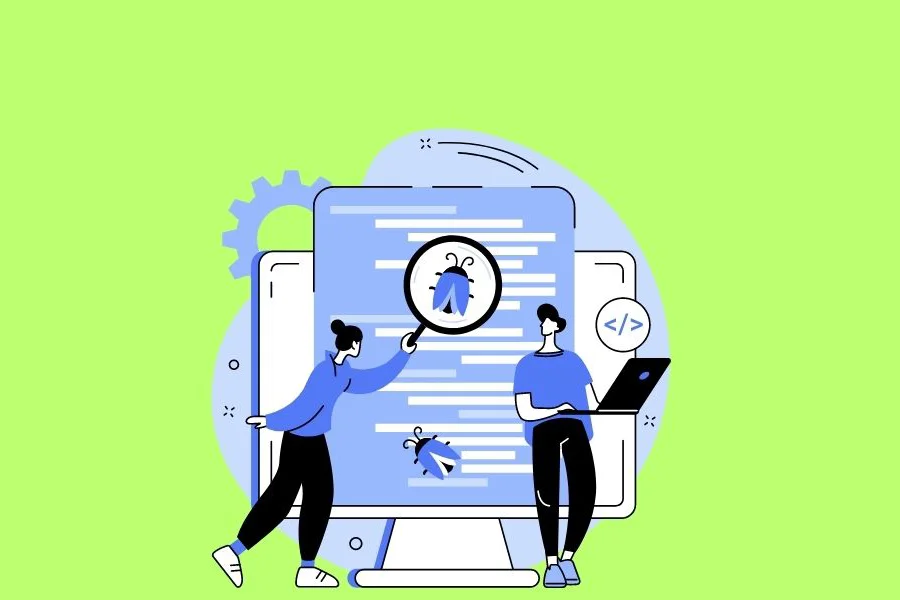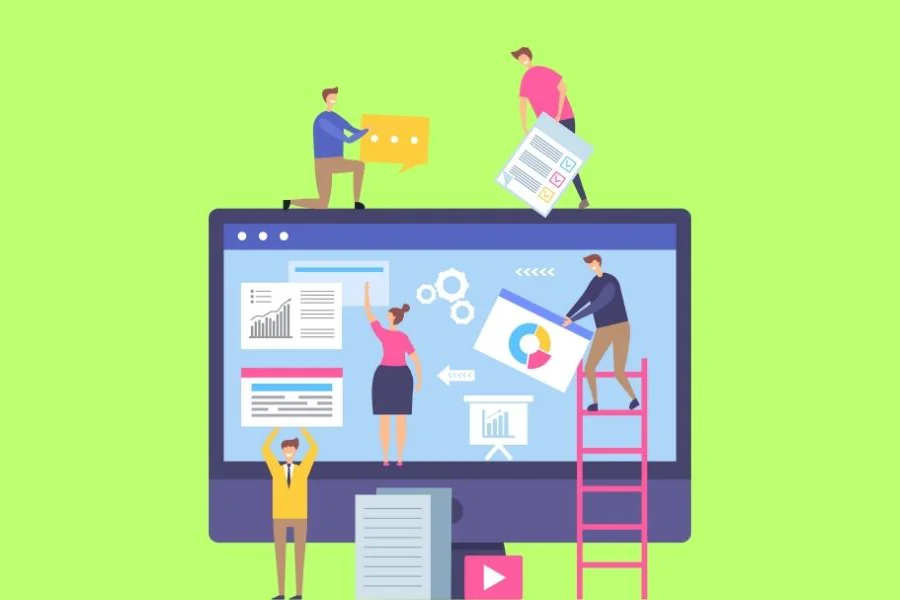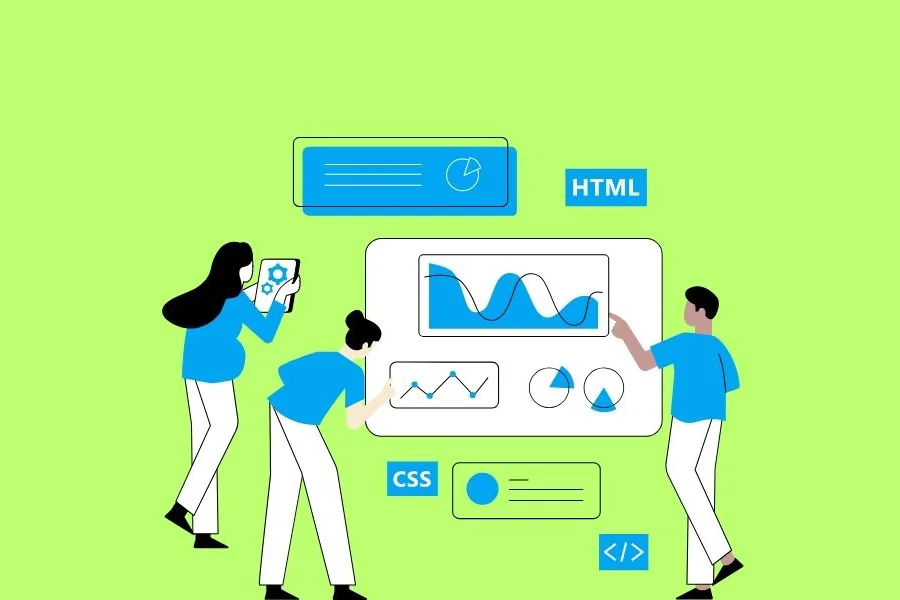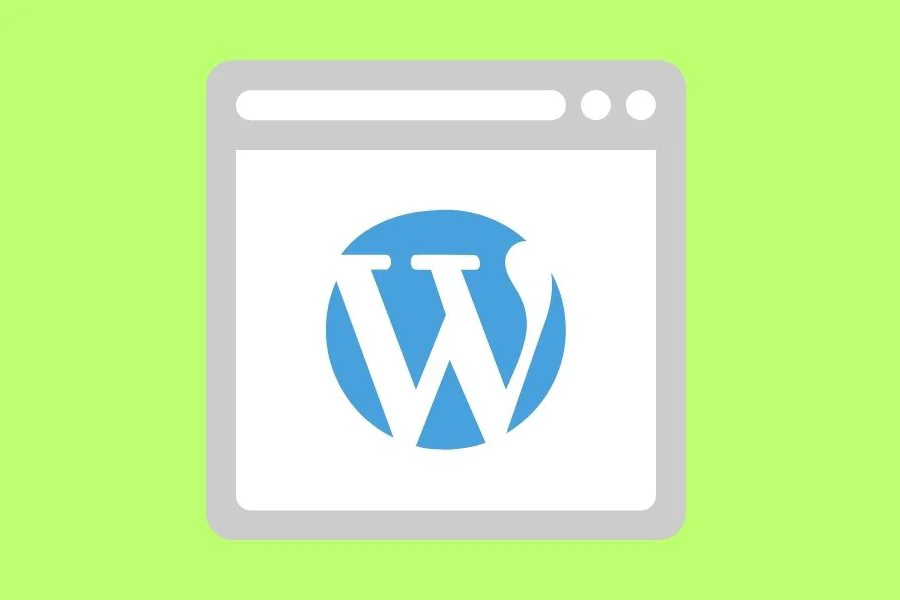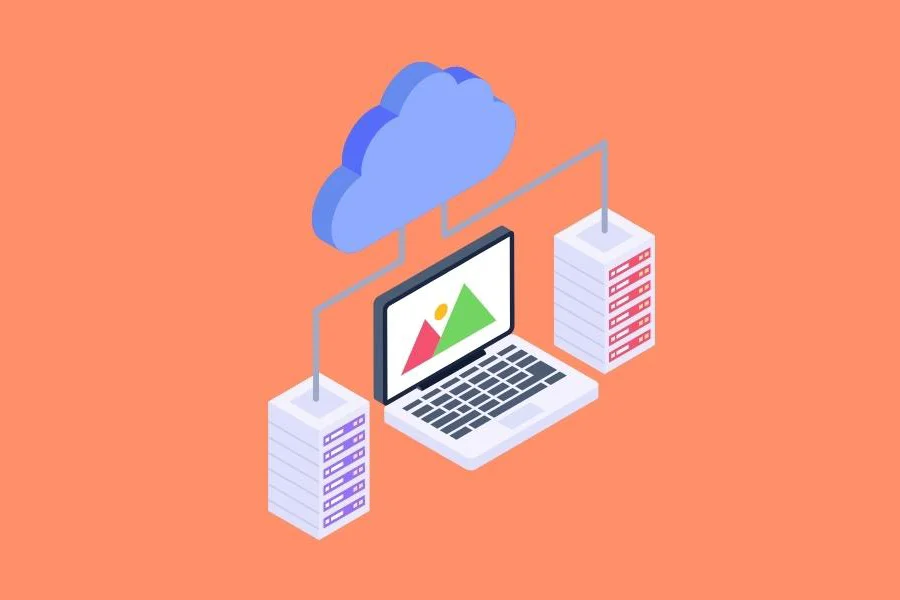In today’s world of digital technology, businesses need to check on their strategies and regular products to stay in the race with the evolving market. Following an Agile product development strategy is helping professional teams across the globe. It allows them to respond to a query and work on user-centric products quickly.
Before we further understand Agile Methodology, let us define product management technology. A product management technology is defined as a “framework used to plan, structure, and govern the complete process of developing an information technology system.” We can think of such a methodology as a sequence of guidelines that a project manager needs to execute to design, build, and test a product toward a successful release. Although product management finds similarities with project management, it’s limited to product life cycles from creativity to design and execution.
What Is Software Product Development?

Multiple Stages of Product Development Progress
- Measuring the market need
- Estimating the opportunity
- Conceptualizing the product
- Solution validation
- Developing product roadmap
- Building a minimum viable product (MVP)
- Launching the MVP to users
- Rework based on user feedback
What Are The Types Of Product Development Methodologies?

There are four types of product management methodologies as listed below:
- Agile
- Scrum
- DevOps
- Waterfall
For this article, we will emphasize more on Agile Methodology. Let’s explore more about it.
What Is Agile Methodology?

Another category in Agile Methodology is incremental development. It allows the rapid development of software in gradual stages.
Each release undergoes rigorous software testing, letting you ensure superior software quality. Agile methodology saves time and guarantees that the end product meets the standard requirements.
Application of Agile Methodology
The Agile methodology is an adaptable strategy best suited for products where you know the needs and constraints are complicated and prone to change (such as software product development) and so demand a pragmatic approach.
The 8 Principles Of Agile Methodology

1. Satisfy customers by delivering on time and regularly.
The Agile methodology entirely depends on iteration and client input. Product managers prioritize the delivery of a workable product, preferably an MVP, as quickly as feasible. The idea is to collect feedback from actual users and utilize that information to drive future upgrades and enhance the product.
2. Accept new requirements.
User requirements, the market, and competition are all constantly changing. In such evolving environments, businesses must accept change. While conventional product development methodologies see shifting needs as a danger, Agile product development teams see them as an opportunity to raise the likelihood of delivering higher value to the customer.
3. Timely delivery of working products.
Agile product development aims to reduce the time between initial planning and delivery. Delivering functional products to customers enables product development teams to receive early feedback, review their course, and make adjustments.
4. Develop projects around people who are passionate about their work.
Individuals and product teams are also encouraged via autonomy and trust, a significant part of the Agile process. People will do their best work and generate high-quality results if they have the correct atmosphere, product management tools, and assistance. The most important thing is to ensure that everyone knows the product strategy and the business purpose.
5. Regular communication should be encouraged.
The agile methodology encourages product teams and business stakeholders to communicate and collaborate frequently. Daily stand-ups, project schedules, reviews, and team collaborations are just a few examples of getting everyone on the same page and aligning product development goals with organizational objectives.
6. Track progress with the working models of the final product.
Rather than producing a final, flawless product, Agile product development entails releasing many product models until it meets all of the demands. The only way to track progress is to have a fully functional product that users can test and bring feedback.
7. Encourage long-term development.
Product teams can set realistic targets and clear expectations by breaking down processes into small, attainable milestones. The goal is to keep employees engaged, enhance work-life balance, and prevent burnout and disengagement.
8. Keeping it simple.
Agile methodology embraces a mindset focused on putting effort into what is essential to include value in the product. Here, Minimum Viable Product is one good example of putting just the vital elements into the development and attracting early users to validate the product concept.
Pros And Cons Of Agile Methodology

Benefits of Agile Methodology
- High adaptability: Product development teams can alter or shift objectives using continuous delivery and revisions as the project progresses. Agile teams can quickly adjust to changes and tailor their products to the needs of their consumers.
- Reduced vulnerability: Product development teams may detect problems early and address them before they become significant issues since testing happens at the end of each sprint. The quick feedback loops assist them in validating assumptions and determining what truly delivers value to the consumer.
- Reduced Time-to-market: Users receive minor and more frequent releases from agile development teams. Companies with a shorter time to market have a competitive advantage because they can collect more regular feedback and respond to market developments faster.
Limitations with Agile Methodology
- Lesser certainty: Agile methodology encourages adapting to change rather than sticking to a plan. The ability to change needs and priorities as the project progresses makes it more difficult to forecast costs, time, and resources required.
- More time and commitment: Agile product development necessitates a high commitment from all project participants. Cross-functional teams must constantly interact and collaborate to assess what is working and what needs to be improved.
- Absence of long-term planning: Due to regularly changing requirements, an Agile project runs the danger of losing focus, going off track, or falling off schedule.
What Differentiates Agile From The Waterfall Methodology?
After we’ve reviewed the fundamentals of Agile, let’s compare it to the more traditional Waterfall methodology.
The primary distinction between Agile and Waterfall is that Waterfall divides the project into linear, consecutive phases. There is no overlap in the stages, and each step begins when the preceding one completes. On the other hand, Agile breaks a project into cycles and encourages continuous development and testing throughout the product development process.
Other distinctions include:
- Flexibility vs. rigidity: While Agile allows teams to handle new requirements, Waterfall projects define requirements from the start and are unlikely to alter.
- Final testing vs. continuous testing: Waterfall development teams only start testing after the project completion, whereas Agile development teams do software testing after each product development stage.
- Frequent vs. end-of-project delivery: Agile supports frequent and rapid delivery, allowing instant user feedback. On the other hand, customers can only see the product after the project in the traditional waterfall approach.
Wrapping Up With Tips For Agile Methodology

- Agile is a way of thinking: Ascertain that everyone on the team is aware of and agrees with the Agile rules and ideals.
- Encourage your staff to communicate and collaborate regularly: A cross-functional team’s performance depends on the synchronization of goals and priorities.
- Encourage continual progress: At first, try the Agile approach with small tasks, experiment with different procedures, and talk with your team about what works best for you.
- Test early and frequently: Include a testing format at every stage of product development and avail real-time insights on the product and its functionality.
Enjoyed reading this article? Also, read Top 5 Responsive Front End Development Technologies in 2022.
Need assistance with your software product? Reach Intellinez.
Software Development Services
With Our expertise in Software Development, we can create Custom and Enterprise solutions for multiple platforms ranging from web and mobile to the cloud. We also specialize in SaaS Development, UI/UX services, QA Testing, System Integration and API Development.
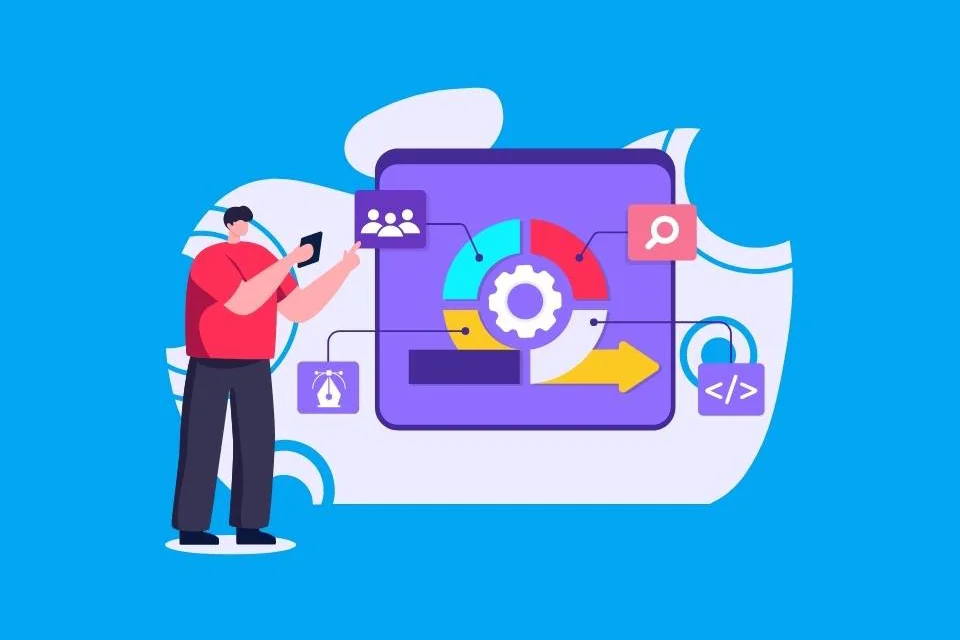
































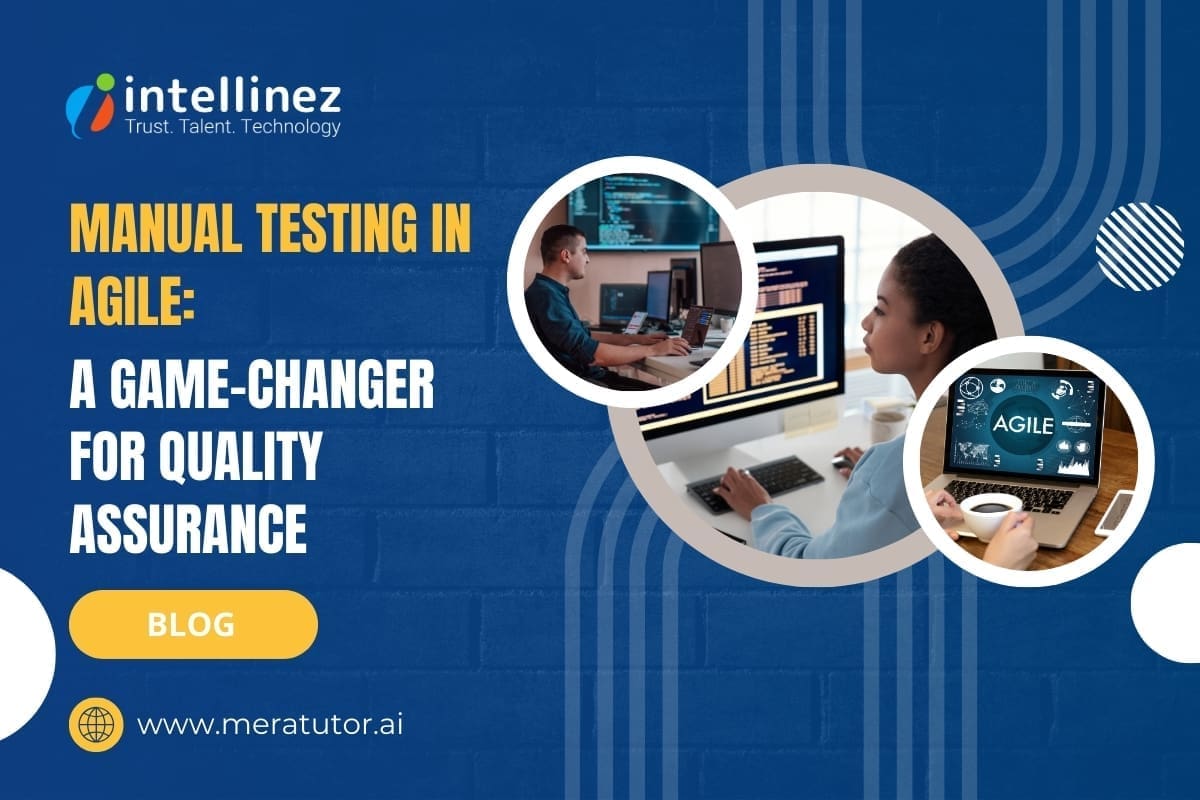




![A Comprehensive Guide to AWS SaaS Architecture [Diagram Included] 89 Aws SaaS Architecture](http://www.intellinez.com/wp-content/uploads/2024/08/Title-image.jpg)














